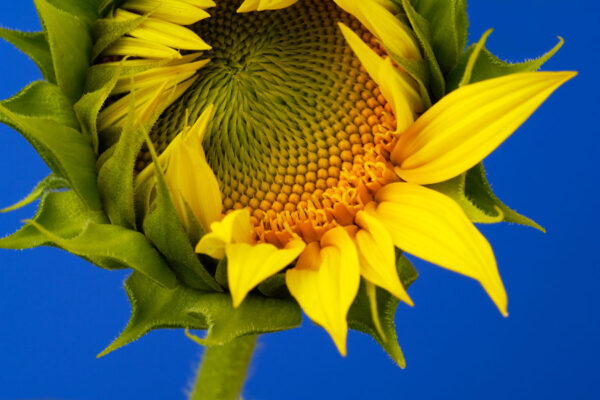
What to plant for wildlife
A year-round approach for wildlife
By taking a year-round approach, you can create a wildlife-friendly garden that provides consistent resources throughout the seasons for wildlife. It is important to carefully choose a wide variety of plants that will provide resources such as food, shelter, and nectar at different times of the year.
By carefully planning your garden, you can create a continuous and reliable source of food and shelter for the local wildlife throughout the year.
Of course, if you don’t want to go to the effort of curating such a comprehensive wildlife-friendly garden, there is another excellent option – planting a bee and butterfly mix. This stunning combination of annual and perennial flowers is specifically designed to maximise nectar for pollinators.


Spring
In early spring, varieties like pansies or crocus provide vital nectar for emerging pollinators after dormancy, such as bees and butterflies.
Pansy Trailing Winter Flowering Cool Wave Mixed
Pansy Trailing Winter Flowering Cool Wave Mixed Pansy Trailing Winter Flowering Cool Wave Mixed. The latest generation of specialist trailing Pansy. Producing stunning displays of medium sized lightly scented flowers on vigorous trailing plants. Plants require no pinching and spread up to 60cm. The Pansy Cool Wave has exceptional over wintering performance. And rebound after inclement…
Pansy Trailing Winter Flowering Cool Wave Violet Wing
Pansy Trailing Winter Flowering Cool Wave Violet Wing Pansy Trailing Winter Flowering Cool Wave Violet Wing. The latest generation of specialist trailing Pansy. Producing stunning displays of medium sized lightly scented flowers on vigorous trailing plants. Plants require no pinching and spread up to 60cm. The Pansy Cool Wave has exceptional over wintering performance. And rebound…
Summer
As summer arrives, incorporate vibrant annual flowers, which are rich in nectar, such as Cosmos or Osteospermum, to sustain an abundance of pollinators
Cosmos Bipinnatus – Fizzy Pink
Makes a great addition to any garden delivering stunning displays of pink, semi-double flowers.
Osteospermum Ecklonis Sky And Ice
Osteospermum Ecklonis Sky And Ice Osteospermum Ecklonis Sky And Ice. An absolutely delightful plant, also referred to as ‘African Daisy’, these glistening white daisies have strongly contrasting steel-blue centres and dark glossy green foliage. Blooms are 2-3″ wide on compact 12-15″ high plants will bloom their hearts out from July to October. Plants are multi-branched and…
Autumn
As autumn approaches, include plants with colourful foliage and showy seed heads like sunflowers or echinacea. These provide food and cover for migrating birds or overwintering insects.
Sunflower Giant Grey Striped
A single stem giant Russian sunflower that grows to 6ft+ in height, but often much higher.
Echinacea Coneflower Purple
A Hardy colourful “Herbaceous Perennial” attaining 24-36 inches high with long-lasting, large purple flowers that resemble Black-Eyed Susan’s. Its long stems make it ideal for cut flower bouquets. It does great in moist or dry soils, and combines well with other tall perennials such as Daisies. The bloom period for these flowers is Spring and…
Winter
Even in the dormant winter months, evergreen hollies or winterberry shrubs can help sustain wildlife when other resources are scarce.











